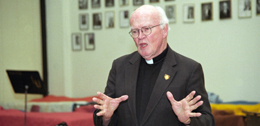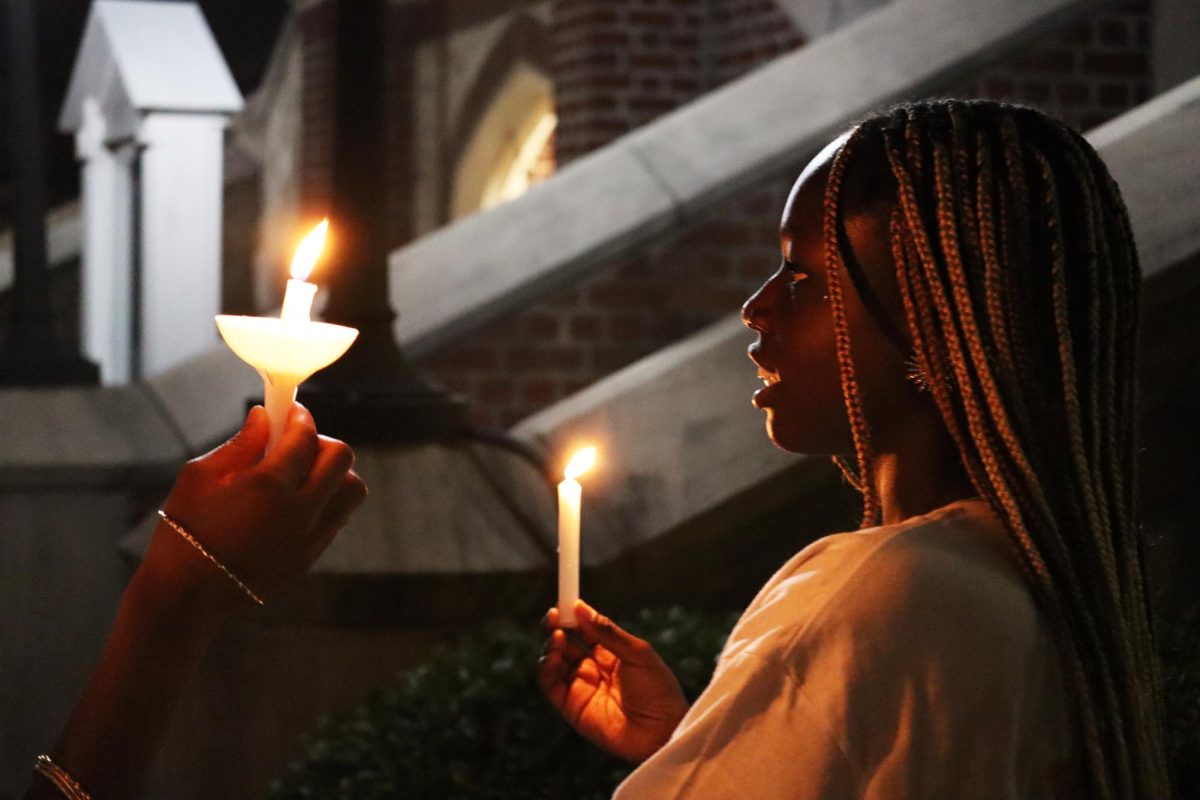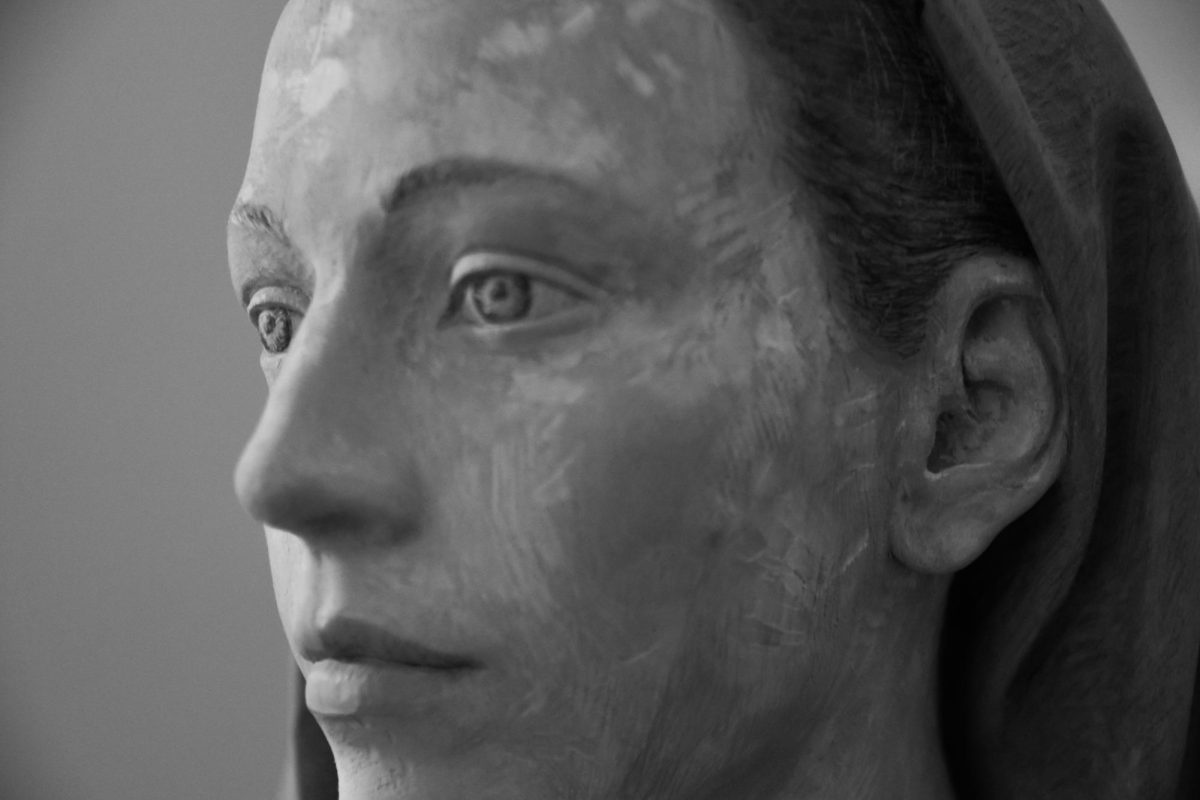Several campus groups are responding to recent acts of racism on campus by planning a sit-in of the Board of Trustees meeting today.
The Student Government Association will lead the silent protest on the Broadway Campus in Greenville Hall at noon. In addition, student groups such as La Gente, the Black Student Union, Ecetera, as well as others, will be joining SGA members at the sit-in.
The groups are inviting anyone who is interested in protesting racist activity on campus to attend.
The latest incident
took place Tuesday. Communications senior Sandra Barnhart, a student worker in Monroe Library, said that when she went into work, she was told that one of the marker boards in a third floor study room was covered with offensive language describing rape and racism, as well as offensive religious speech.
The campus police were notified, prompting an investigation into the writing. They took pictures of the marker board.
Later in the day Barnhart asked her boss what the police had concluded from what they found in the study room, and she was told that police would not be following up because the writing on the board was song lyrics. University Police confirmed this conclusion.
On Nov. 14 in the unisex bathroom on the first floor of Mercy Hall, the campus police investigated bias-related vandalism that an employee reportedly found scratched into the wall.
Another “Be On the Look Out” advisory e-mail was sent, but, due to a pending investigation, the police would not say what was scrawled onto the bathroom wall.
The racial incidents have followed the line of defacing property and postings by “Students for a White Loyola.” University Police say it is unclear whether these remarks and actions are the work of one person or several people.
Blacks, Hispanics and homosexuals have been the target of the SWL’s attacks, although no one person has been singled out or threatened.
However the simple fact that such acts of vandalism are going on at Loyola has left administrators and students concerned.
Finance sophomore Tyler Douglas, co-president and co-social chair of Etcetera, said that some perspective is needed when looking at the recent bias-related events.
“To my knowledge, nobody has been held accountable for the aforementioned racially-biased remarks, and this is where Loyola’s weakness lies,” Douglas said in an e-mail interview. “It would be horrific if what began as remarks escalated into something more than words, especially when, we should have seen it coming.”
It isn’t that the SGA believes that the administration has ignored the problem, said management senior Bea Forlano,
SGA president.
“There have always been a lot of meetings, but nothing has been really done,” Forlano said.
In 1987 the administration looked in the idea of a multicultural office. This has still not happened, said Forlano.
“We don’t stand for this [racism], and we want the administration to do something,” sociology senior Betina Cutaia said at the La Gente meeting Tuesday in Bobet.
In a campus e-mail, philosophy pre-law junior and BSU president Tyrone St. Junior encouraged all students to get involved in fighting prejudice because “racism and bias don’t just affect the Black Student Union, or Etcetera, or La Gente, they affect people.”
The administration’s position remains firm in its spoken and written intolerance of the racist actions.
“My statement, Father Byron’s e-mail and the BOLOs from University Police make clear that we won’t tolerate such action, [and] will investigate as much and as quickly as we can, and will work to see that it doesn’t happen again,” Vice President of Student Affairs James Eiseman said.
University Police said Wednesday that no one has yet been implicated in any of the acts.
Sociology senior Mary Grace Stewart, SGA vice-president, said that the purpose of the sit-in on Friday is to get the administration to really start making plans at the institutional level to start dealing with racism.
The purpose of standing against racism, according to Forlano, is not only to encourage students to meet and interact with students from different cultures and backgrounds, but also to support all of the minority students already attending Loyola.
According to university records, minorities make up about 30 percent of the student body at Loyola.
“One of the reasons I came to New Orleans from Vermont was for the diverse culture Loyola embodies,” Douglas said.
Despite the recent events, Douglas said he does not think that the racist remarks necessarily reflect a “growing underground white-supremacist militia,” he said.

Communications senior Francisco Fernandez, founder and ex-president of La Gente, tells his group Tuesday about the planned sit-in. The Student Government Association is organizing the protest, which several other student organizations have already pledged to attend. (Gillian Dicker)







